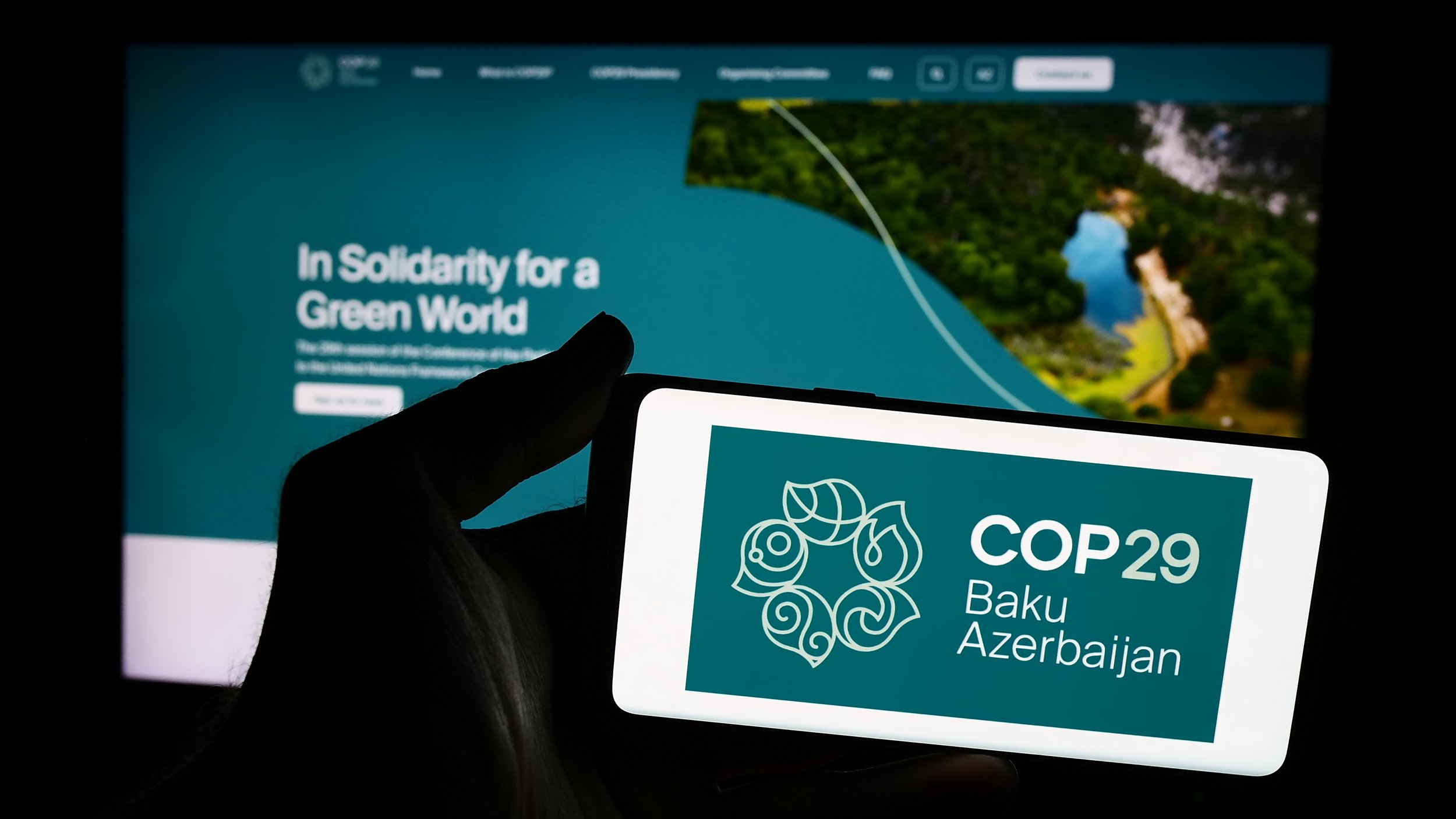What We Learned from COP29
by Dan Roscoe, CEO of Roswall
COP29, held in Baku, Azerbaijan, took place against the backdrop of record-breaking global temperatures and intensifying climate impacts. With the summit now firmly in the rearview, it’s time to take stock of what was accomplished and what work remains to do.
With a focus on climate finance, carbon markets, methane mitigation, and loss and damage support, COP29 showcased both progress and persistent challenges in the global energy transition. As we unpack the outcomes, it’s clear that while some meaningful steps forward were made, gaps in ambition and implementation remain.
The Positives: Meaningful Steps Forward
1. Climate Finance Gains
One of the summit’s most significant achievements was the introduction of the New Collective Quantified Goal (NCQG), committing $300 billion annually in climate finance by 2035. Additionally, the operationalization of the Loss and Damage Fund received over $730 million in initial pledges, providing much-needed support for vulnerable nations. Multilateral banks also pledged $120 billion annually by 2030, further reinforcing global financial commitments to climate action.
2. Methane Mitigation Leadership
The summit launched the “Reducing Methane from Organic Waste Declaration,” a bold initiative targeting nearly 50% of global methane emissions from organic waste. With $500 million in grants and billions in additional project funding, methane reduction emerged as a key focus area. Latin America also showed leadership by incorporating methane mitigation into their updated Nationally Determined Contributions (NDCs).
3. Advances in Carbon Markets
The finalization of Article 6 mechanisms for carbon trading was another highlight, creating systems for bilateral carbon credit transfers and a global market. These mechanisms aim to unlock financing for mitigation and adaptation projects while improving transparency in emissions reductions.
4. National Climate Commitments
Several countries demonstrated ambition, including the UK’s pledge to reduce emissions by 81% by 2035 and Brazil’s goal to cut emissions by two-thirds within the same timeframe. These commitments highlight the potential for increased leadership as the world prepares for COP30.
The Negatives: Gaps and Missed Opportunities
1. Insufficient Climate Finance Commitments
While the NCQG is a step forward, its $300 billion target falls significantly short of the $1.3 trillion USD required annually to meet global climate needs. Moreover, the reliance on loans over grants exacerbates inequities for developing nations, particularly Small Island Developing States (SIDS) and Least Developed Countries (LDCs).
2. Limited Impact of the Global Stocktake (GST)
The GST identified significant gaps in achieving the 1.5°C target, but no binding mechanisms were put in place to enforce actions. Additionally, the summit failed to implement last year’s pledge to phase out fossil fuels, underscoring a lack of urgency in global commitments.
3. Persistent Fossil Fuel Influence
Azerbaijan’s focus on showcasing its natural gas resources highlighted the continued dominance of fossil fuel interests at the negotiating table. Despite growing calls to transition away from fossil fuels, COP29 made little progress on commitments to triple renewable energy capacity—an outcome I find particularly disappointing given the urgency of global climate challenges and the expectation that this conference would prioritize bold action over the entrenched influence of fossil fuel interests.
4. Complex Carbon Market Rules
While Article 6 mechanisms have potential, they were criticized for their lack of clarity and transparency. Without stronger accountability measures, there’s a risk these systems could become loopholes for high emitters rather than tools for meaningful reductions.
The Still Unknowns: Challenges and Questions Ahead
1. Will Climate Finance Goals Be Met?
The NCQG sets an ambitious target, but its reliance on voluntary contributions and loans raises doubts about whether it can scale to meet the $1.3 trillion funding gap.
2. Implementation of the Loss and Damage Fund
Although operationalized, the fund’s long-term sustainability and mechanisms for equitable distribution remain unclear.
3. Carbon Markets: Promise or Pitfall?
Will Article 6 mechanisms lead to significant emissions reductions, or will they become a tool for greenwashing?
4. The Role of Global Politics
With shifting political landscapes, including Trump’s return to the U.S. presidency, questions linger about the United States’ continued participation in the Paris Agreement and its broader role in global climate action.
Looking Ahead: Preparing for COP30 in Brazil
Brazil, with its ambitious climate leadership and vast biodiversity resources, is uniquely positioned to drive progress at COP30. The "Baku to Belém Roadmap" provides a framework to scale climate finance, address systemic gaps, and accelerate renewable energy adoption.
Future summits must focus on bridging the gap between pledged and actual funding, strengthening enforcement mechanisms for NDCs, and prioritizing global commitments to phase out fossil fuels.
While COP29 marked progress in areas like methane mitigation and carbon markets, it left critical challenges unresolved, particularly in climate finance and fossil fuel reduction. The outcomes serve as a reminder of the urgency required to meet the 1.5°C target.
As we prepare for COP30, the world must remain focused, innovative, and collaborative. The road ahead is difficult, but the potential for meaningful change is within reach if nations, businesses, and communities act decisively. COP29 was a step forward, but much more work lies ahead to secure a sustainable future.

